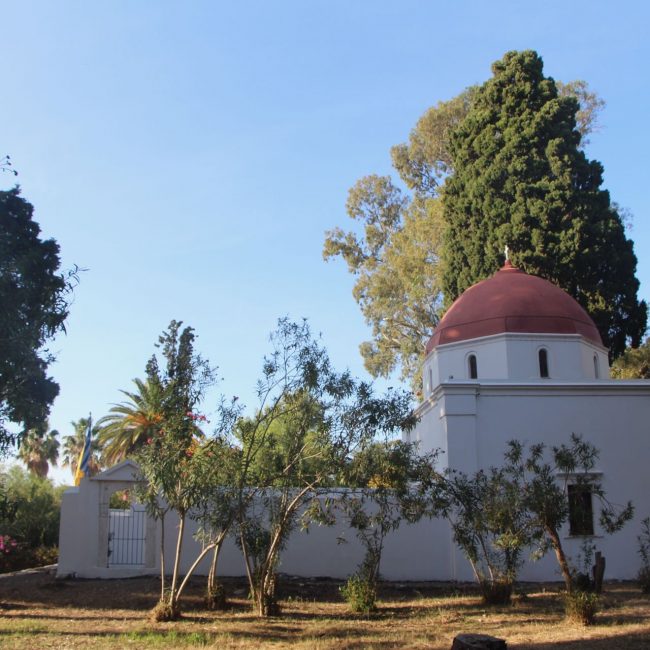Eleftherias square (piazza del Fascio) is the central core of the post earthquake city of Kos, which was designed in the period 1934-1935, by the Italian administration, after the devastating earthquake of April 1933. It is a representative sample of the two decades of urban interventions by the fascists and it was implemented in cities, both in Metropolitan Italy, and its colonies: the Dodecanese and Africa, in the period from 1912 to 1943.
After the devastating earthquake of April 1933, the Italian administration ordered a new regulatory plan that was designed in 1934 by Rodolfo Petracco, and brought about major changes in the structure, function and image of the city. The infrastructure provided was complete and unprecedented in time and place. Networks of paved roads, water, sewerage, rainwater drainage, parks and sidewalks were built throughout the city. In this context, Eleftherias square (or Piazzia del Fascio) was designed by the Italian administration to become the centre of the city of Kos.
During the 4 years that followed the earthquake (1934-1937), urban residences with ground floor shops were built at a rapid pace and on-site inspection around the new center of Eleftherias square, namely in the steets of Ippokratous, Vas. Pavlou, R. Ferreou, A. Koundourioti, A. Miaouli, Antinavarhou Ioannidi and the squares of Konitsi and Agia Paraskevi. The 18th century Defterdar mosque remained a reference and connection point between the pre and post earthquake centre of Kos Town.
Some imposing buildings surrounding the square were built under Italian administration, namely:
1) The Egli (Αίγλη) Building complex – Orfeas Cinema












